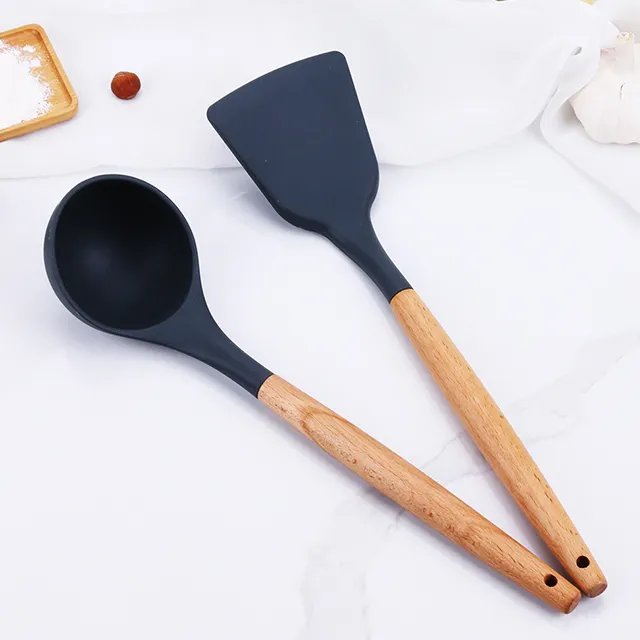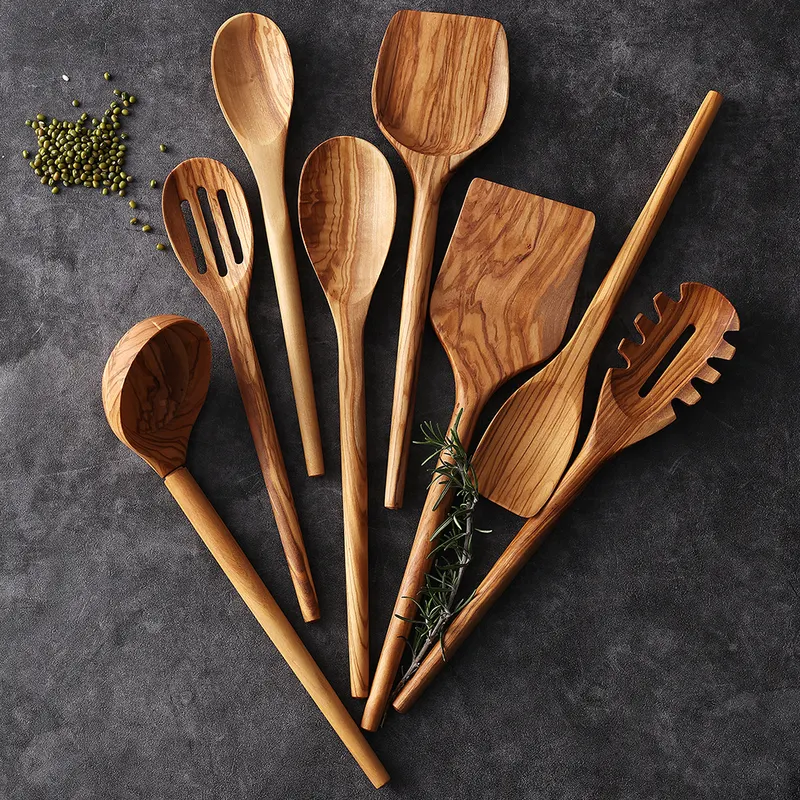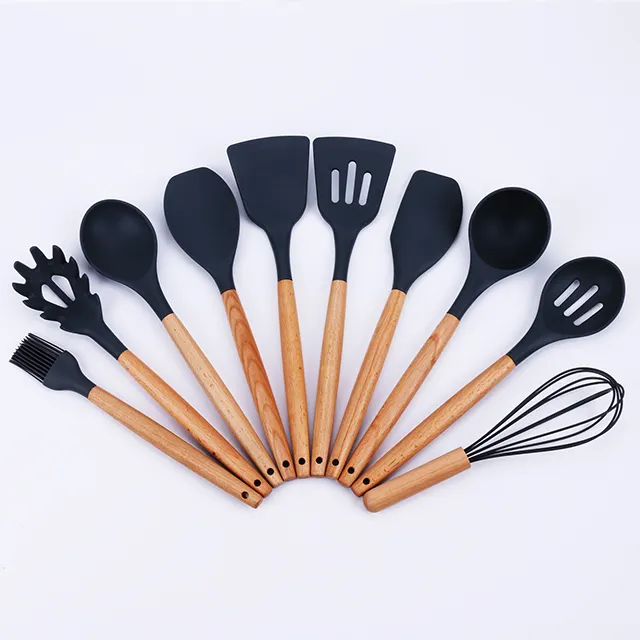Introduction: The kitchen is not only a space for culinary creations but also a place where comfort and efficiency play a crucial role. In recent years, there has been a growing emphasis on ergonomic design in kitchen utensils, ensuring that tools not only perform well but also contribute to a comfortable cooking experience. Let’s explore how ergonomic design has become a key factor in the evolution of kitchen utensils, enhancing both functionality and user satisfaction.
1. Ergonomics in Knife Handles:
- Comfort Grip: Modern chef’s knives often feature ergonomic handles with comfortable grips. This design reduces hand fatigue and provides better control during cutting tasks, making the overall cooking experience more enjoyable.
2. Handle Design in Kitchen Shears:
- Pivot Placement: Ergonomic kitchen shears focus on the placement of the pivot point to minimize effort during use. This design ensures a smooth cutting motion, reducing strain on the user’s hands and wrists.
3. Comfortable Grips on Whisks:
- Handle Shape: Whisks now come with handles designed for a comfortable grip. This ergonomic consideration allows for extended whisking without causing discomfort or cramping in the user’s hand.
4. Spatulas and Spoon Handles:
- Balanced Length: Ergonomic spatulas and spoons feature handles with balanced lengths. This design prevents hand and wrist strain by ensuring that the utensil’s weight is distributed evenly, making it easier to maneuver during cooking.
5. Cutting Board Height and Material:
- Optimal Height: Modern cutting boards are designed with an optimal height to reduce the strain on the user’s back and shoulders. Additionally, materials like bamboo or composite materials offer a softer surface, making prolonged chopping sessions more comfortable.
6. Balanced Weight in Mixing Bowls:
- Weight Distribution: Ergonomic mixing bowls are designed with balanced weight distribution. This feature enhances stability during mixing and prevents the bowl from tipping, providing a secure and comfortable environment for various culinary tasks.
7. Tongs with Comfortable Handles:
- Soft Grip: Ergonomic tongs often come with soft grips that are comfortable to hold. This design ensures that users can handle and manipulate food with precision without straining their fingers or palms.
8. Measuring Cups and Spoons with Easy-to-Read Markings:
- Clear Markings: Ergonomic measuring cups and spoons feature easy-to-read markings. This ensures accuracy in measurements without the need for constant bending or squinting, promoting a more comfortable and efficient cooking process.
9. Pleasant Textures in Graters/Zesters:
- Textured Handles: Graters and zesters with textured handles provide a secure grip, even when hands are wet. This feature enhances user comfort and ensures safety during tasks that require a firm hold on the utensil.



